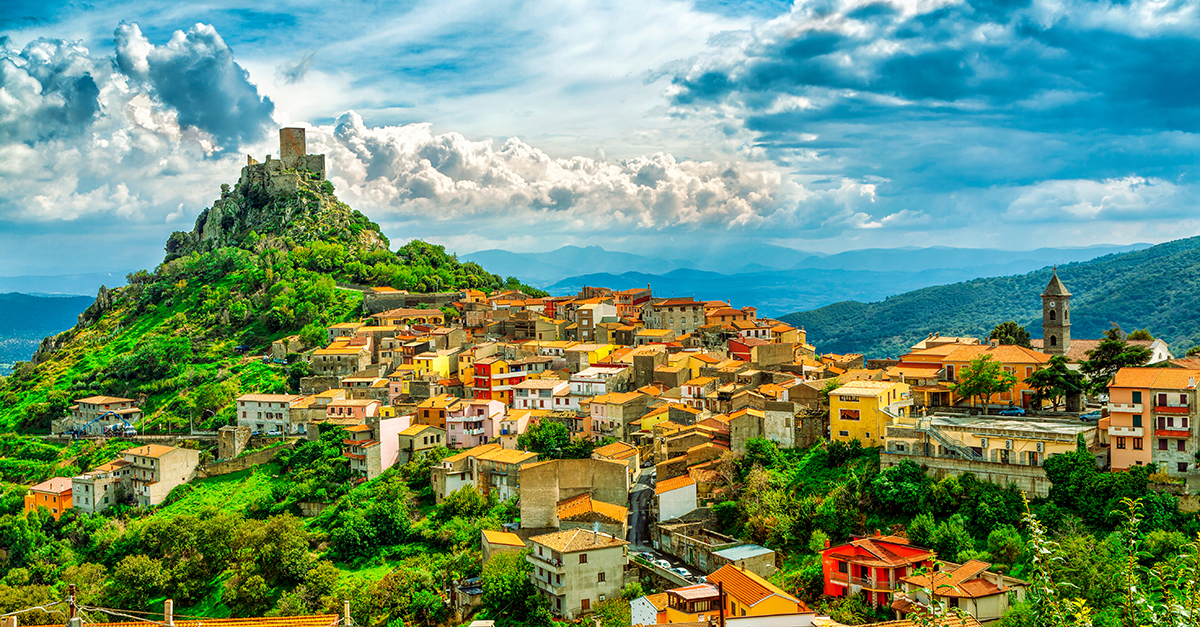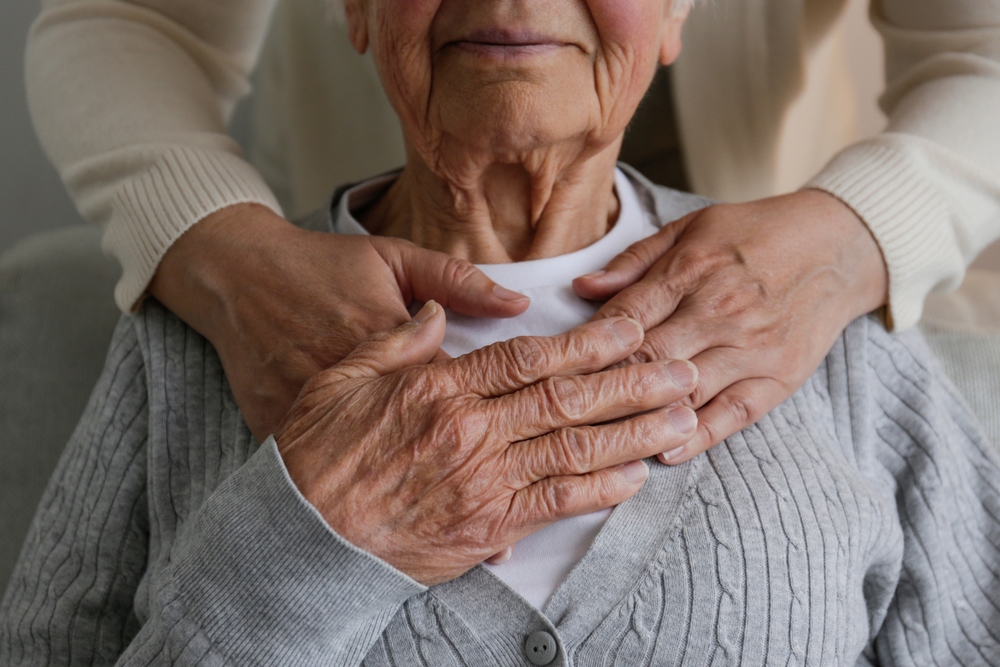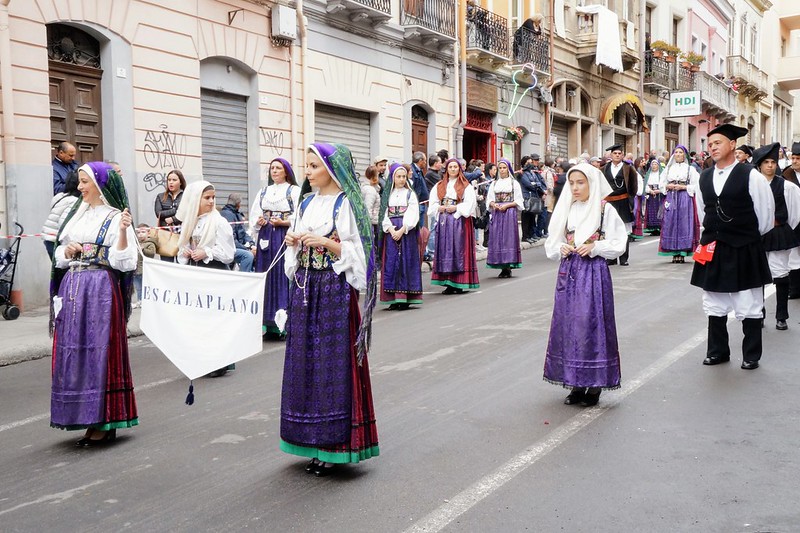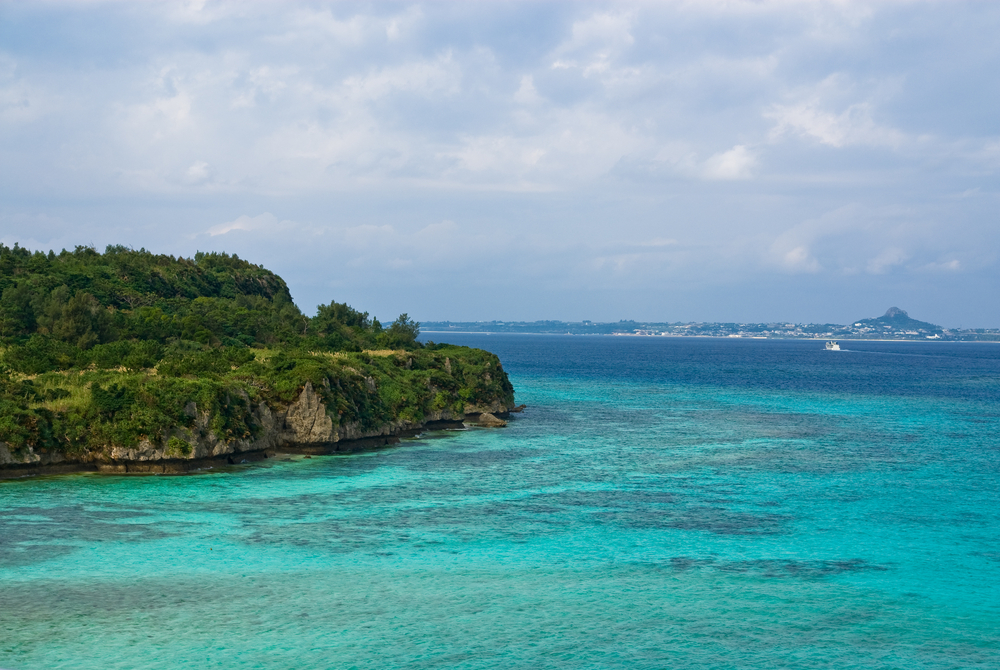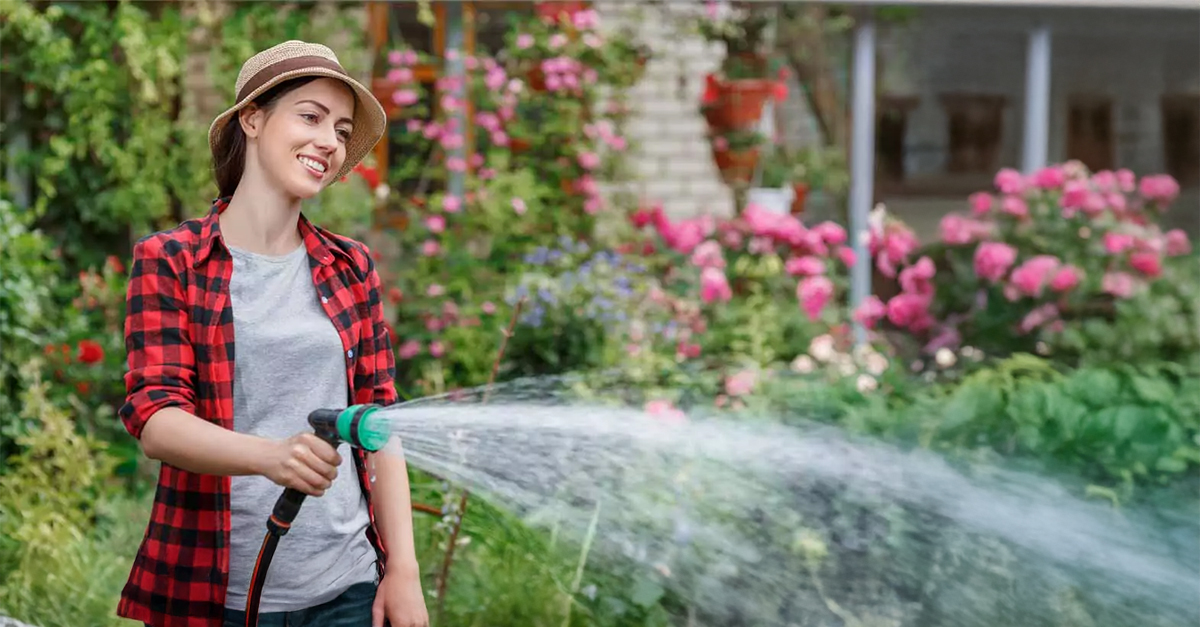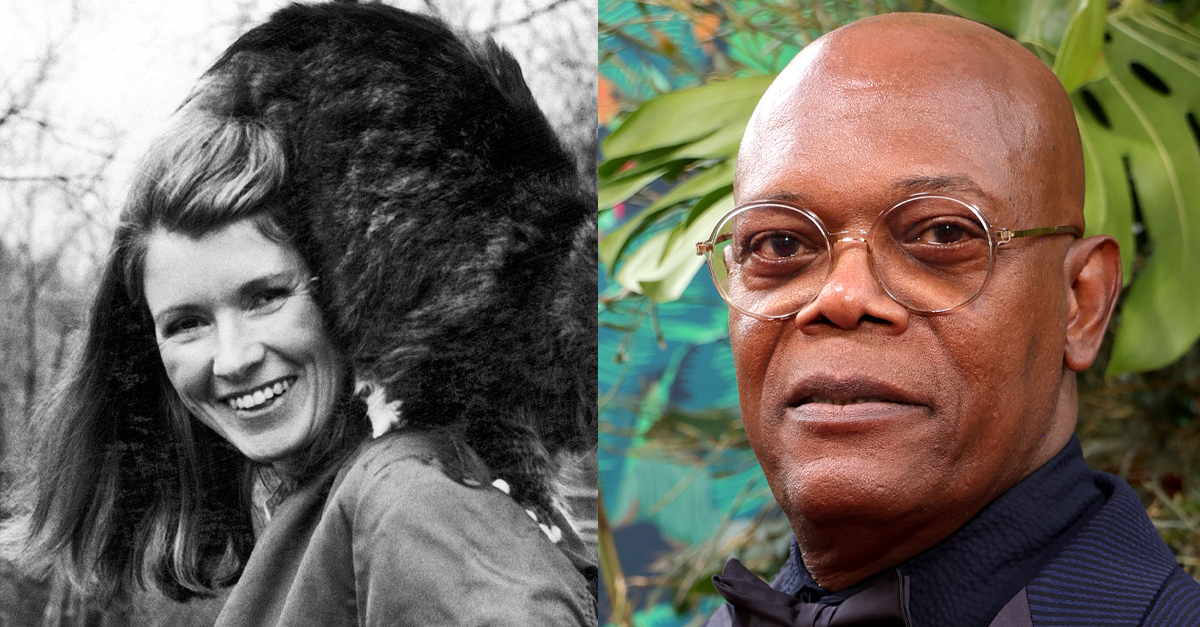Living Longer, Living Better
Around the world, there are a number of places where people live longer, happier, healthier lives—and it’s not because of any diets, health regimens, or supplements. The scientists who have studied them call them “blue zones”—and they all have a few things in common that lead to greater longevity.

What Are “Blue Zones”?
The term “blue zone” has been popularized by best-selling author, explorer, and National Geographic Fellow Dan Buettner, who has spent decades pinpointing and studying communities where the population has a greater longevity. What he found was surprising.
Longevity Hotspots
As an explorer who led tours around the world, Buettner noticed that the adults on his tours expressed interests in areas where people lived longer and better. He approached National Geographic with the idea to explore these “so-called longevity hotspots.” And he found them all over the world.
 Vladimir Razgulyaev, Shutterstock
Vladimir Razgulyaev, Shutterstock
The First Three
Buettner met with a number of experts on aging from all the world and their research had found the first few of what came to be known as the “blue zones”—though more would eventually be added after further research. The first three identified hotspots were Sardinia, Italy; Okinawa, Japan; and Loma Linda, California, USA.
Sardinia, Italy
After Sicily, Sardinia is the second-largest island in the Mediterranean Sea. It has a diverse ecosystem ranging from rocky coasts to mountains to sandy beaches. Visitors and locals love Sardinia for its stunning, untouched landscapes. It has a population of about 1.64 million people. It was the first area in the world considered to be a “blue zone.”
Okinawa, Japan
Japan is split in 47 prefectures—like states—and Okinawa is southernmost and westernmost prefecture, with a population of about 1.45 million. It’s made up of a series of islands containing cities like Naha, the capital, and Okinawa, the second-largest city in the region.
Loma Linda, California, USA
Loma Linda is one of the smallest blue zones, with a population of just over 24,000 people. It’s located in San Bernardino County, California. Its name means “beautiful hill,” which is reflected in its terrain.
The Real Blue Zones
Though Buettner is the author of a book on the subject, he did not coin the phrase blue zone. That honor goes to astrophysicist and demographer Professor Michael Poulain and his team, who were studying longevity in Italy. When the first study on Sardinia was published in 2000, it caught the attention of Buettner.
Finding 4 And 5
Poulain, Buettner and their team came together to work with National Geographic, and in 2006, they named the final two blue zone areas: Ikaria, Greece, and the Nicoya Peninsula, Costa Rica.
 Georgios Tsichlis, Shutterstock
Georgios Tsichlis, Shutterstock
Ikaria, Greece
Ikaria is an island in the Aegean Sea, with a population of just 8,843 people. It’s characterized by rugged green hills, rocky cliffs, and beautiful blue waters not just from the Aegean, but also from multiple waterfalls, rivers, and gorges. One in three people on Ikaria live until their 90s.
 Lemonakis Antonis, Shutterstock
Lemonakis Antonis, Shutterstock
Nicoya Peninsula, Costa Rica
The Nicoya peninsula is located on the Pacific Coast of Costa Rica with beautiful beaches and rolling green hills. The regional centre is also called Nicoya, and it’s one of the oldest settlements in Costa Rica. It has a population of over 24,000 and a strong tourist industry.
Blue Zone Features
There’s not one single factor that makes the blue zones what they are—but instead, they share a series of commonalities which may lead to increased longevity. These include climate, culture, diet, and other special features which may have positive effects on life.
Sardinian Life Expectancy
Along with Okinawa, Sardinia has the highest rate of centenarians (people over the age of 100) in the world, with 22 centenarians per 100,000 inhabitants. The life expectancy for women is 85 years and 79.7 for men.
Sardinian Climate
Much like its diverse ecosystems, Sardinia is home to a variety of climates. It has mild winters and warm summers on the coasts, and cold winters and cool summers in the mountains. Unlike many other islands, much of the population lives inland. The average temperature is between 52 and 64 degrees F (11 and 18 degrees C).
Sardinian Culture
Thanks to its long history, Sardinians have strong ties with the traditions of the island that have been passed down through the centuries. This is reflected in the many events and festivals that celebrate their history and culture that take place each year.
Sardinian Diet
The staples of the Sardinian diet are meat, dairy products, grains, and vegetables, with some seafood and fish playing a part. Sardinian staple grains are flatbreads and dry breads, which last longer. Curiously, Sardinia has the highest consumption of beer per capita in Italy.
Sardinian Special Features
There is still a healthy culture of hunting and fishing in Sardinia, and eating is central to their culture. They have strong family ties. On top of that, Sardinia is a popular place for scuba diving and snorkeling, thanks to the many underwater caves that dot the island.
Okinawan Climate
The Okinawan climate is balmy, with snowfall basically being unheard of at sea level. For most of the year, temperatures stay above 68 degrees F (20 degrees C). The official designations state that the climate ranges from humid subtropical in some regions to tropical rainforest in others.
Okinawan Culture
It’s not a coincidence that Okinawa is considered a blue zone and that its most famous export is a form of exercise. Okinawa is the birthplace of karate, a martial art. Other aspects of Okinawan culture, like a low-stress lifestyle, physical activity, and a close community, may contribute to their reputation for longevity.
Okinawan Diet
The Okinawan diet is also one to admire for its contributions to longevity and health. It is mostly a low-salt, low-fat diet, featuring lots of fruits and vegetables, tofu, seaweed, and legumes.
Okinawan Moais
The word “moai” means “meeting for a common purpose in Japanese, and moais are an important part of Okinawan society. They’re described as “a community social gathering and groups that come together to provide financial and emotional support through emotional bonding, advice giving, and social funding.”
 Party people studio, Shutterstock
Party people studio, Shutterstock
Community And Longevity
One of the hardest and most taxing problems facing seniors is loneliness. The community bonds formed through moais can work to combat this, and may be a contributing factor in Okinawa’s reputation for longevity.
Could Okinawa Lose Its Blue Zone Status?
In recent years, the average life expectancy in Okinawa has gone down, and it may be in peril of losing its status as a blue zone. This may be due to cultural influences from Western sources and the rest of Japan.
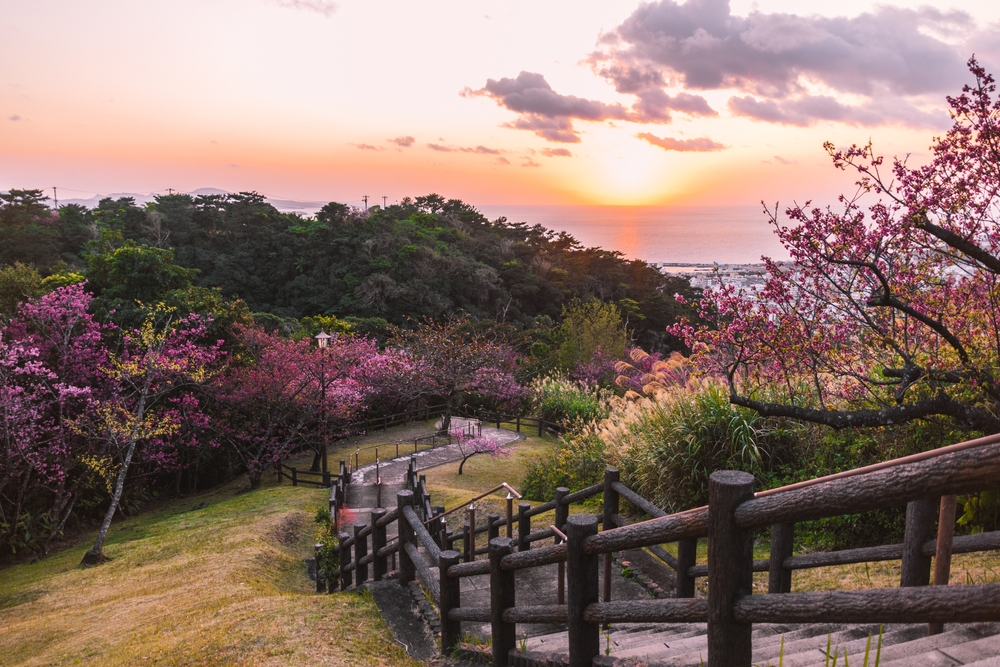 Wirestock Creators, Shutterstock
Wirestock Creators, Shutterstock
Loma Linda Climate
Loma Linda has a dry and temperate atmosphere, with sunny, hot summers and cool, partly cloudy winters—fairly characteristic of the Inland Empire and similar to a Mediterannean climate.
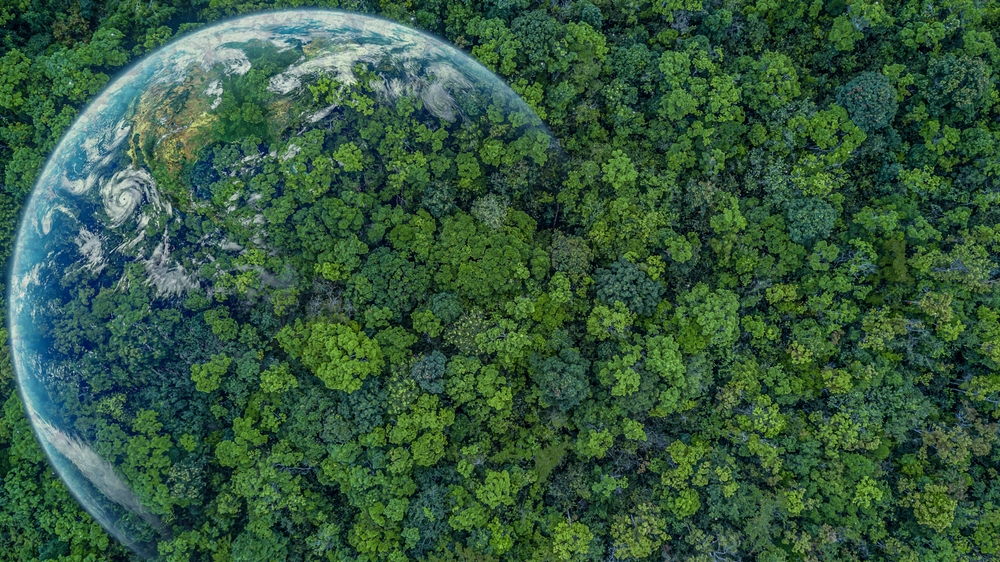 Avigator Fortuner, Shutterstock
Avigator Fortuner, Shutterstock
Loma Linda Culture
Dan Buettner has attributed Loma Linda’s longevity to Adventist cultural health and diet practices. There is no public smoking in Loma Linda. Additionally, the Adventist Church prescribes a day of rest, which along with other cultural and diet factors, can affect longevity. Adventists have strong social networks and sense of community.
 Bokeh Blur Background, Shutterstock
Bokeh Blur Background, Shutterstock
Loma Linda Diet
The Seventh-day Adventist Church encourages that its members follow a strict vegetarian diet. Many also avoid caffeine and processed foods. There are many church-owned grocery stores in Loma Linda, and these stores do not sell meat. Additionally, the city strictly controls the sale of alcohol. An Adventist diet is usually high in healthy nuts and beans.
Loma Linda Special Features
Aside from the strong Seventh-day Adventist population, there’s something else about Loma Linda that you wouldn’t expect from a blue zone city. The ground water has been contaminated by a chemical named perchlorate, with a nearby Lockheed plant implicated in the case. However, the municipal water supply is safe.
“How To Live Forever”
One of Loma Linda’s most notable residents was Ellsworth Wareham, a WWII veteran, former cardiothoracic surgeon and centenarian who advocated for a plant-based diet. He was the subject of a documentary called How To Live Forever.
Wareham’s Way
Wareham claimed the secrets to a long life were his diet, low-impact exercise like walking and mowing the lawn, and spending time with family. He lived to the age of 104.
 YAKOBCHUK VIACHESLAV, Shutterstock
YAKOBCHUK VIACHESLAV, Shutterstock
Ikaria Climate
Ikaria is very mountainous, but most of its villages are by the coast in the plains, with some nestled in the mountains. It has a typical Mediterranean climate, with dry summers and wet winters.
Ikaria Culture
Thanks to its location and small population, Ikaria is relatively isolated from many aspects of modern culture—including processed food and so-called mechanized conveniences. They herd their own goats for milk and cheese, which is a laborious process (AKA, good exercise).
There are other features you’d expect of blue zones, including a strong sense of community and a lifestyle that emphasizes movement.
 StockMediaSeller, Shutterstock
StockMediaSeller, Shutterstock
Ikaria Diet
Ikaria produces strong red wine, which is an important part of the local culture. Their diet is typically Mediterranean, with lots of vegetables (particularly wild greens), legumes, and olive oil, and not a lot of sugar or meat. Most residents regularly drink goat’s milk.
 Antonina Vlasova, Shutterstock
Antonina Vlasova, Shutterstock
Ikaria Special Features
Around 1960, Greece invested in the infrastructure of Ikaria in order to promote tourism—a move that had a marked effect on the quality of life on the island. And there’s another factor which is suspected to promote longevity. Ikaria’s population continues to, ahem, get it on well into their twilight years.
80% of Ikarian males between 65 and 100 report that they still regularly engage in bedroom activities.
Nicoya Peninsula Climate
Nicoya has a tropical savanna climate, AKA a tropical wet and dry climate, with a pronounced dry season. The mean yearly temperate is 77 degrees F (25 degrees C).
Nicoya Peninsula Culture
Buettner and the Blue Zone team have identified a number of attributes of Nicoya society that lead to high longevity, including high fruit consumption throughout the year, lots of physical activity, and emphasis on inter-generational relationships, and high levels of calcium and magnesium in the water.
Nicoya Peninsula Diet
Aside from the water and fruit, the Nicoya diet is high in whole foods, including the staple crops of squash, corn, and bananas, along with lots of beans. They also don’t eat a lot of meat—a feature common to blue zones.
Nicoya Peninsula Special Features
Unlike other areas classified as blue zones, Nicoya is in an area with the lowest income in Costa Rica. However, the life expectancy is 85 compared to the rest of the country’s 77 years. As mentioned, the water is rich in calcium, an essential mineral which can be hard to get enough of. If you drink or cook with 5 liters of water a day in Nicoya, you will have reached your recommended daily intake of calcium.
Bonus: Monterrey, Nuevo Leon, Mexico
While Monterrey was an early focus of Buettner’s studies, he hasn’t included it in the blue zone study—though other studies have ranked it as among the happiest places in the world.
Monterrey is the capital city of the state of Nuevo Leon, and the most populous city in Northern Mexico. It sits at the foothills of the Sierra Madre Oriental mountain range, making it a stunning sight day or night.
Monterrey Climate
Unlike Sardinia and Okinawa, Monterrey is inland and has a semi-arid climate. Like those other blue zone cities, it does have a warm climate. There are mild winters and the summers get quite hot, with an average high of 97 degrees F (36 degrees C) in August.
Monterrey Culture
Music and football are central to culture in Monterrey, and many of its most famous residents are athletes or musicians. Thanks to its economy, Monterrey has been called Mexico’s most Americanized city. There is a balance between its rich history and its current status as one of the most developed cities in Mexico.
 Ernesto Tijerina, Shutterstock
Ernesto Tijerina, Shutterstock
Monterrey Diet
Cuisine is Monterrey is varied, thanks to climate and a mixture of ethnic groups. There’s a Judaic influence from Monterrey’s founding families—an unleavened bread dish is popular, and pork is rarely consumed.
Many popular Mexican beers are brewed in Monterrey, including Sol, Dos Equis, Tecate, and Bohemia, and beer or cola are part of most meals.
Monterrey Special Features
According to a 2018 study, the suburb of San Pedro Garza Garcia in Monterrey is the city with the best quality of life in Mexico, and that Monterrey itself is one of the most livable cities in Mexico. It has a higher purchasing power than the rest of Mexico and an excellent medical infrastructure, with internationally acclaimed hospitals.

